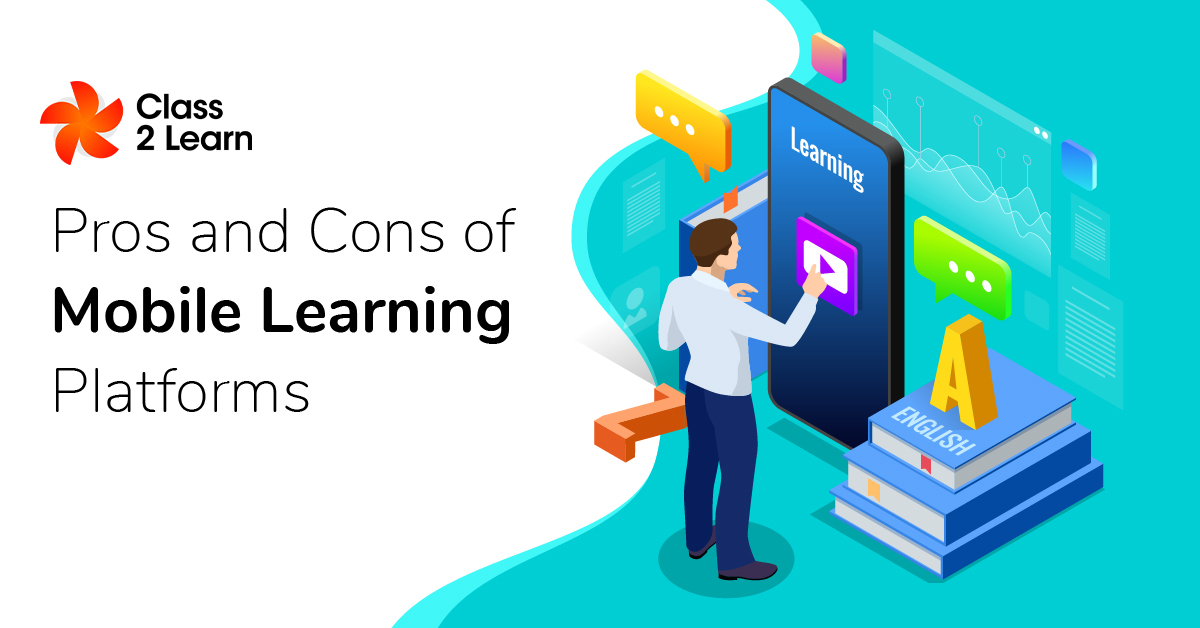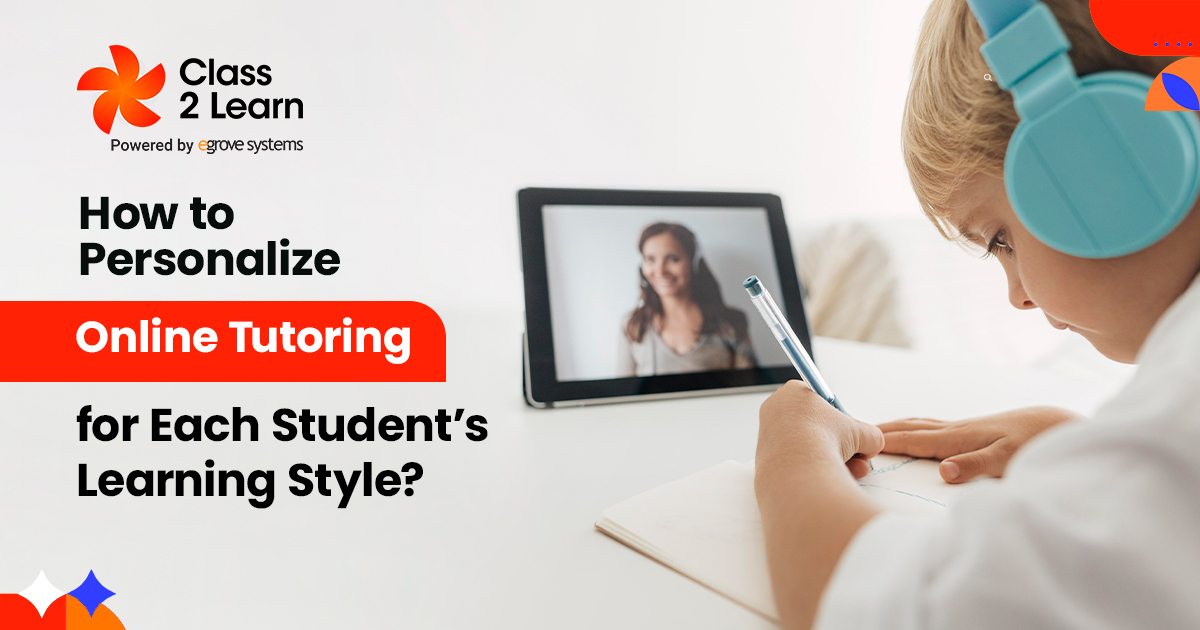While much of the public and private sectors have moved online over the past decades, education has only started to do so on a large scale recently. Social media, eCommerce, and other online activities have already transitioned from web-based solutions into mobile app platforms. Will educational tools like learning management systems do the same, or is education better suited to non-mobile platforms? Here are some key pros and cons of education on mobile devices.
Pros
- Most popular platform: Mobile device usage is at an all-time high, and it’s outpacing desktop/laptop traffic online. Mobile phones alone, not counting tablets, represented 53.3% of web traffic in 2019, rising from 16.2% in 2013, according to BroadbandSearch. Learning platforms can therefore reach a wider range of students through improving their mobile experience, and students will potentially be more engaged due to their increased comfort working on mobile devices.
- Use on any device: Users are likely to own a mobile device, making it possible to complete courses on the chosen device and switch between devices to improve convenience.
- Accessible to youth and less tech-savvy: Many people are more used to mobile devices and their interface, making them easier for people to use. Research of parents with young children using the Khan Academy Kids app found that it raised the literacy of young children, and parents appreciated the simple interface.
- Offline learning: Many cloud-based learning systems are web-based, meaning that students can only use them while they’re online. However, mobile apps can download course materials and operate offline, letting students complete assignments whenever they want on their mobile device and then automatically resync the next time they have strong Internet access. This is ideal for users with unreliable Internet access or limited bandwidth.
- Microlearning: Many platforms are interested in providing shorter, bite-sized lessons since they can be absorbed faster and completed whenever the user has time. Longer online lessons based on lengthy video lectures don’t promote engagement and command the full attention of learners. Mobile is the ideal platform for microlearning.
Cons
- App required: Users prefer mobile apps: they will account for 84.9% of total mobile time spent, per eMarketer. But users only use about 20 apps per month, mostly popular ones like Facebook, and getting them to install another is a challenge. While mobile apps have their advantages, they will need to be installed to be used. Without using an app, the web platform may not perform well on mobile devices.
- Verified devices: In many educational settings, especially K-12 education, security and standardization purposes require that students complete coursework through verified devices or devices issued by the school. All of the advantages that come from students already having smartphones are wasted if personal devices can’t be used with the learning platform. Students who are issued iPads or other tablets that use mobile operating systems can make use of mobile interfaces and apps, but they still can’t use their devices.
- Lack of Support: Introducing mobile to a learning platform can add complexity, especially if both mobile and web apps need to be supported. Mobile-friendly platforms may have less customer and technical support than more established platforms.
- Technology requirements: Mobile apps and interfaces may not fit with the strict technical specifications of existing learning platforms, and large organizations are slow to adapt to new systems due to the procurement process. If an existing platform is not mobile-friendly, it may take a lot of time and effort to make it mobile-responsive or create a mobile app. Administrators may prefer the system they have even if it is less modern and accessible to mobile users.
- Lack of interoperability: Learning management systems frequently depend on integration with other platforms, which makes web-based platforms ideal. Apps may be more sluggish and complicated when it comes to designing course activities that integrate other tools, resources, and platforms from the Internet, especially considering that each of them needs to be mobile-friendly. Mobile platforms may end up less feature-rich and lack in tools that educators need.
Conclusion
Finding a mobile-accessible platform can drastically improve its popularity and ease of use, but ensure that you are not sacrificing stability, features, and other important needs that make a learning management platform successful.





Add comment